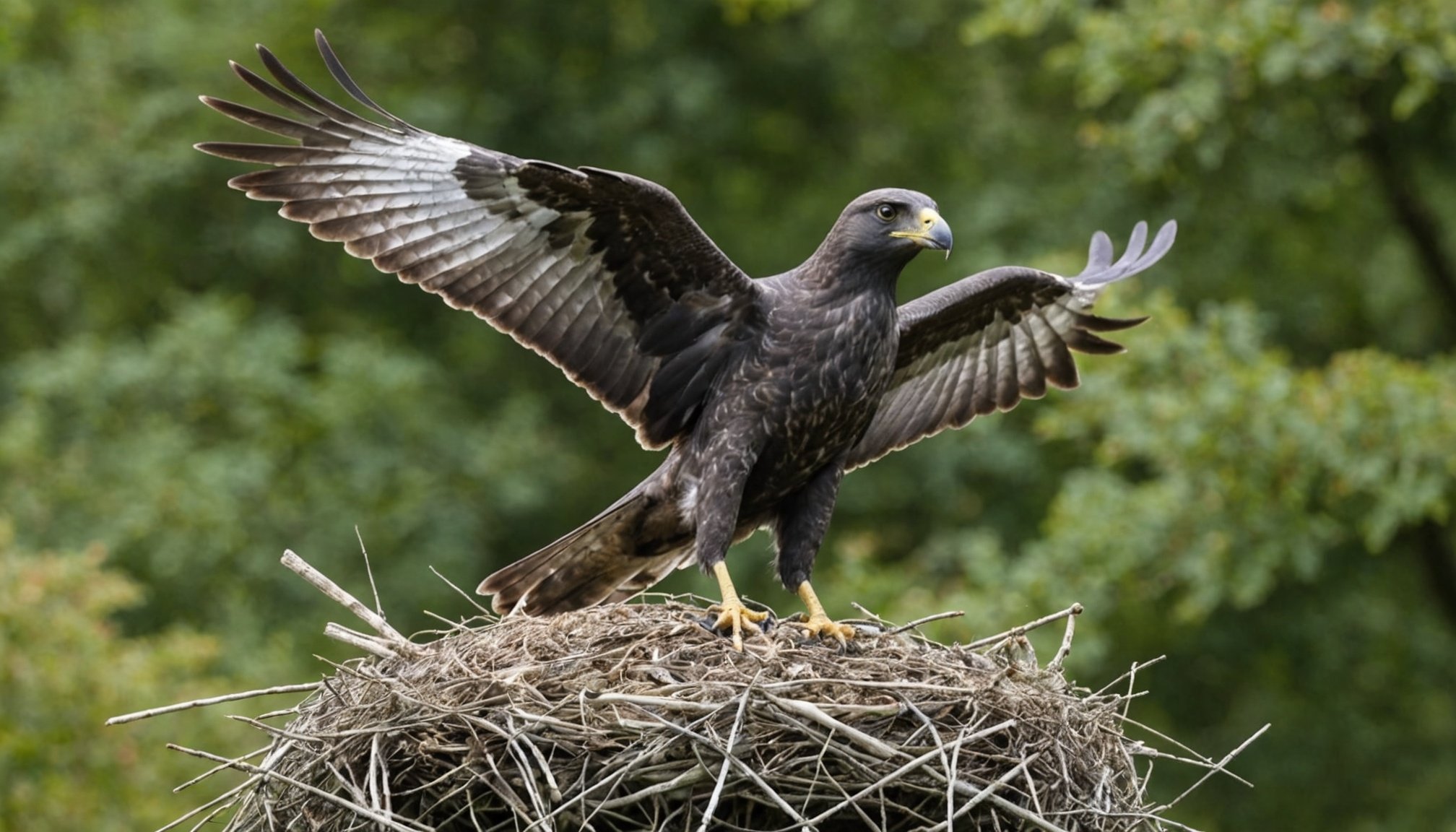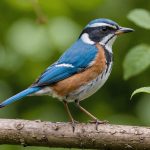Overview of Innovative Regulations
Navigating the intersection of technology and nature represents a contemporary challenge. The recent introduction of innovative regulations within the UK seeks to address the delicate balance between technological advancement and wildlife protection. These regulations aim to mitigate the detrimental impact of drone disturbances on nesting raptors and other sensitive wildlife areas.
The primary objective of these regulations is to safeguard vulnerable species, particularly focusing on birds of prey such as ospreys and peregrine falcons during their critical nesting periods. An understanding of why these steps are vital emerges when examining the historical context concerning drone-related interruptions. As drones gained popularity, reports of disturbances soared, causing significant distress and habitat disruption to wildlife.
Dans le meme genre : Careful encounters: key strategies for safely engaging with seal pups on uk beaches to reduce distress
Previously, conservation efforts centered around traditional threats to wildlife, such as habitat destruction. However, the rise in drone disturbances has necessitated an adaptation in approach. Public awareness campaigns and measures, like designated no-fly zones, form key components of this regulatory framework, promoting coexistence between technological use and nature conservation. By fostering responsible drone usage, these measures underscore a commitment to maintaining biodiversity and eco-stability amidst burgeoning technological landscapes. This evolving regulatory environment exemplifies a forward-thinking stride towards harmonizing innovation with environmental stewardship.
Implications for Wildlife Protection
The advent of drone usage has necessitated a reevaluation of wildlife conservation methods, especially concerning raptors. Raptors protection is paramount, as many species are disrupted by drones, affecting their natural behaviours. For instance, raptors such as eagles and hawks have been deterred from nesting sites due to the presence of drones, whose buzzing noise and invasive presence can lead to stress and even nest abandonment.
A lire aussi : Transform your uk garden into a wildlife haven: expert tips for attracting birds and small mammals
Prior to the new regulations, ecological balance was often at risk, with drones disturbing these critical avian predators. The conservation strategies before included discouraging drone activity in protected areas, but enforcement was erratic and penalties often lax. This left many raptor species vulnerable to the unintended consequences of drone enthusiasts.
The new regulations are designed to address these challenges by imposing strict no-fly zones over nesting areas during critical breeding seasons. Such measures aim to mitigate drone impacts and foster a more favourable environment for raptor conservation. By specifically targeting areas with known nesting sites, these regulations should significantly reduce disturbances, helping to restore ecological balance and ensuring the protection of these essential members of the wildlife community.
Impact on Drone Users
Understanding drone usage regulations is crucial for all operators. These regulations are designed to ensure safety and minimise disruptions to both people and the environment. One of the main responsibilities for users is to comply with these legal requirements which often include restrictions on flying in certain areas, adhering to altitude limits, and ensuring line of sight with the drone at all times. This compliance ensures not only safety but also prevents potential legal ramifications.
Non-compliance can lead to significant consequences. These can range from hefty fines to confiscation of equipment, and in severe cases, legal actions. It is essential for operators to be informed and vigilant about these regulations to avoid such outcomes and to maintain a good standing as a responsible drone user.
An ongoing challenge is balancing drone activities with the need for wildlife preservation. Drones can disturb wildlife, disrupting natural habitats and causing stress to animals. Operators need to be conscious of these impacts and strive to minimise them. This might involve choosing flying paths away from sensitive areas and reducing flight times to limit disturbances. Understanding and adapting to these responsibilities can help merge technology usage harmoniously with nature conservation.
Expert Opinions and Insights
In the field of wildlife conservation, conservationists offer diverse perspectives on regulations concerning drone technology. Wildlife experts generally advocate for specific guidelines that ensure minimal impact on natural habitats. They acknowledge the potential of drones to revolutionise data collection, but stress the importance of developing stringent protocols to protect wildlife.
On the technological front, drone technology experts offer insightful solutions. They highlight the ways in which advancements have made drones more adaptable and compliant with current conservation regulations. For example, innovations in noise reduction and enhanced navigational precision have significantly reduced the risk of disturbing wildlife.
Several case studies provide examples of successful integration of drone technology within conservation frameworks. One notable instance is the use of drones in the monitoring of endangered species populations. Through enhanced aerial surveillance, drones have enabled more accurate tracking while ensuring compliance with environmental guidelines. In another case, drones assisted in anti-poaching initiatives, proving their worth in not only conservation but also in law enforcement applications.
These continual insights from experts and conservationists pave the way for informed decisions, optimising the intersection between technology and nature.
Examples of Affected Areas and Species
In the UK, the new regulations have been mapped out covering several key areas. These areas are crucial habitats for various raptor species. For example, regions such as the Scottish Highlands and North York Moors are identified as critical zones where these regulations are now in place. They are known for their rich biodiversity and as breeding sites for many birds of prey.
Specific raptor species like the peregrine falcon, kestrel, and the red kite are among those benefitting immensely from the protections. These birds are vital for maintaining ecological balance, controlling rodents, and supporting the natural environment’s health. Conservation efforts have shown that protecting these species leads to broader ecological benefits.
Local conservation efforts are not just about imposing regulations but also supporting local communities. Initiatives include educational programs, training for monitoring, and partnerships with farmers. By collaborating with local stakeholders, these efforts help ensure that the regulations are both effective and sustainable. This community-driven approach encourages widespread participation and a shared responsibility in these conservation efforts.
Balancing Technology and Conservation
Understanding the technology impact on environmental conservation is crucial. Technology has the potential to both harm and help our planet’s ecosystems. Drones, for instance, present a unique opportunity. Used responsibly, they can monitor wildlife without disturbing habitats. This method supports sustainable practices and helps in gathering critical data efficiently.
Best practices for drone enthusiasts focus on promoting wildlife protection. When using drones near sensitive wildlife areas, operators should keep noise levels minimal and avoid flying too close to animals. Adopting such approaches ensures that technology remains a tool for conservation rather than a threat.
Looking to the future, technology’s role in conservation efforts is expected to grow. Innovations such as AI can analyse large data sets, predicting changes in biodiversity. This proactive stance allows conservationists to respond accordingly, thus safeguarding natural resources. Technology not only tracks changes but also aids in developing strategies aimed at preserving habitats.
By contemplating the intersection of technological advancement and environmental needs, we can foster an environment where these forces work harmoniously. Embracing new tools, while being mindful of their environmental conservation implications, offers promising pathways towards a sustainable future.











